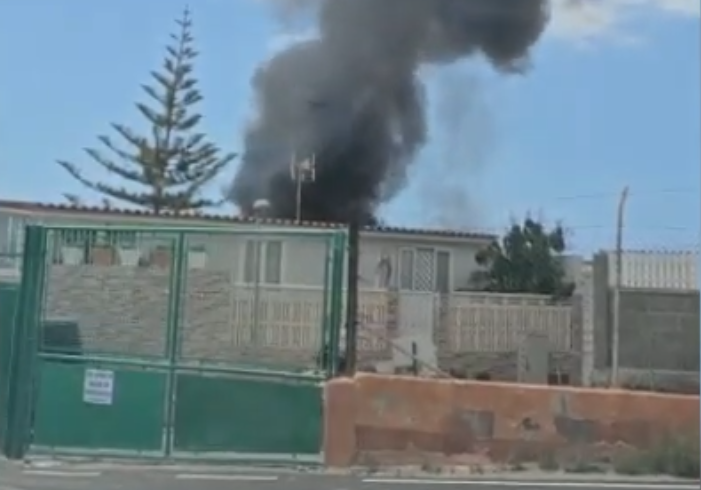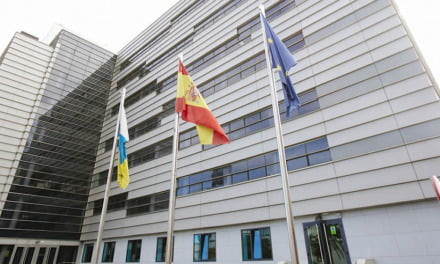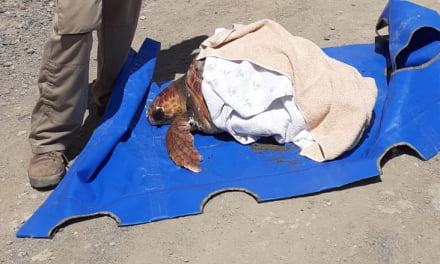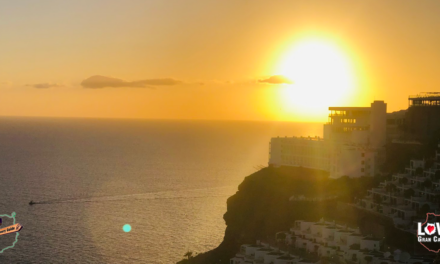A fire at the Pasito Blanco “campsite” on Tuesday left an unfortunate dog dead, though, thankfully, no one else was reported injured. The fire, which broke out at noon, destroyed 50% of two of the homes. The area was evacuated, and firefighters from San Bartolomé de Tirajana used 12,000 litres of water to extinguish the flames.
Firefighters from San Bartolomé de Tirajana intervened on Tuesday to extinguish the fire that broke out in two homes in the Club Camping Pasito Blanco community of owners, in the municipality of San Bartolomé de Tirajana, according to the 112 CECOES Emergency and Security Coordination Centre of the Government of the Canary Islands.
The CECOES received a call at 12:57 reporting that two sheds had caught fire. Medical personnel from a basic life support ambulance from the Canarian Emergency Service (SUC) dispatched to the campsite area confirmed that there were no human casualties, according to CECOES. Firefighters found a dead, charred dog among the ashes at the scene.
According to the firefighters from San Bartolomé de Tirajana, two of the houses were 50% burned. The prefabricated roof of one of them collapsed, and in the other, the fire affected one of the rooms. The flames also reached the doors of a third building and destroyed a motorcycle parked at the entrance.
Also present at the scene were members of the Local Police of San Bartolomé de Tirajana, Civil Protection, and the National Police.
Firefighters left the area at 2:30 p.m. after using 12,000 litres of water to extinguish the flames, which generated an intense black smoke column visible from several kilometres away. The neighbouring homes to the affected ones were evacuated and, after being inspected and ventilated, were made accessible to their residents again.
The causes of the incident are under investigation.
An illegal settlement
The Pasito Blanco camping site does not function as traditional campsites do. Caravans, over the years, have been replaced by prefabricated wooden or trailer-like houses, and occupants no longer spend only weekends or summers there, but have permanently settled in. Something like 220 houses, each about 80 square meters in size, make up this precarious illegal village that can be seen from the Meloneras golf course.
The town hall in previous years did attempt to legalise these constructions through the General Plan, but the Territorial Policy Council were insisting, at least up until 2006, that they are buildings that cannot be legalised under the 2000 Land Law. We do not know if that has changed.
The then Councillor for Urbanism, in San Bartolomé de Tirajana, José Juan Santana, explained to Spanish Language Daily, La Provincia, that the council had attempted to halt construction and had filed reports of urban planning violations, but the individuals involved “did not care because they put the trailer, then a canopy, then made a hole to connect the kitchen or bathroom to the sewer, and by doing so consolidated their construction.”
Santana pointed out, 18 years ago, that there are two problems in this camping site: one Urbanistic and the other Personal, as demolishing this settlement would require relocating the families from there, who in many cases have settled here because it is a “privileged” place, and are unlikely to want to be moved to another location in the municipality.
Some houses are owned by foreigners who reside on the island for a season, and some are occupied by families who only live here on weekends, but there are many permanent residents as well.










